Mahalaxmi
Traditional techniques record modern stories.
For Mahalaxmi Das, Madhubani painting is more than an art form—it is a lifeline, a voice, and a cultural legacy carried forward by the women of Ranti village in Bihar, India. Rooted in the centuries-old traditions of Mithila, her journey into this intricate painting form of folk art began in childhood when she first observed and learned from an elder in her neighborhood. She started with the traditional ritualistic wall and floor drawings. One of them is the Kohbar, a sacred nuptial chamber painting that has been an essential part of wedding traditions in the region for generations. This artform only transitioned to paper in the 1970s through an income-generation project.
Over time, painting became both a source of creative fulfillment and economic independence, leading her to rethink how this women-led art form could address the realities of modern life. Partnering with Shantanu Das, she began to push the boundaries of traditional Madhubani themes, introducing visual narratives on gender roles, domestic life, and societal inequalities.
Her distinctive style remains rooted in the Kachni (line drawing) technique, a method traditionally associated with the Kayastha community. Still, she continues to evolve her work by merging contemporary themes with ancient artistic vocabulary. From illustrating Hindi poetry and collaborating on photobooks to painting murals and exhibiting internationally, Mahalaxmi’s practice is a testament to Madhubani art's adaptability and enduring relevance. In 2013, she received a Ministry of Culture scholarship for her reinterpretation of the Ramayana in the Madhubani style and has since exhibited her work in India, the U.S., and France.
For Mahalaxmi, art is a personal and collective act of storytelling—a means to preserve tradition, challenge societal norms, and create space for women's voices in a historically male-dominated society. Through her paintings, she ensures that Madhubani art remains a critical economic practice and a powerful medium for social commentary and empowerment.








